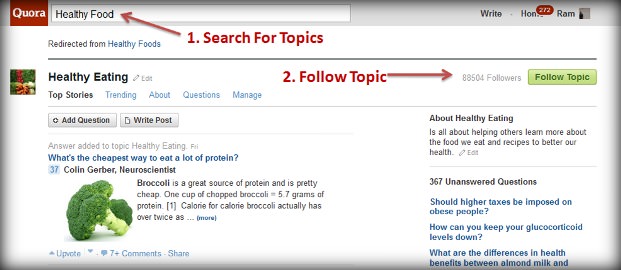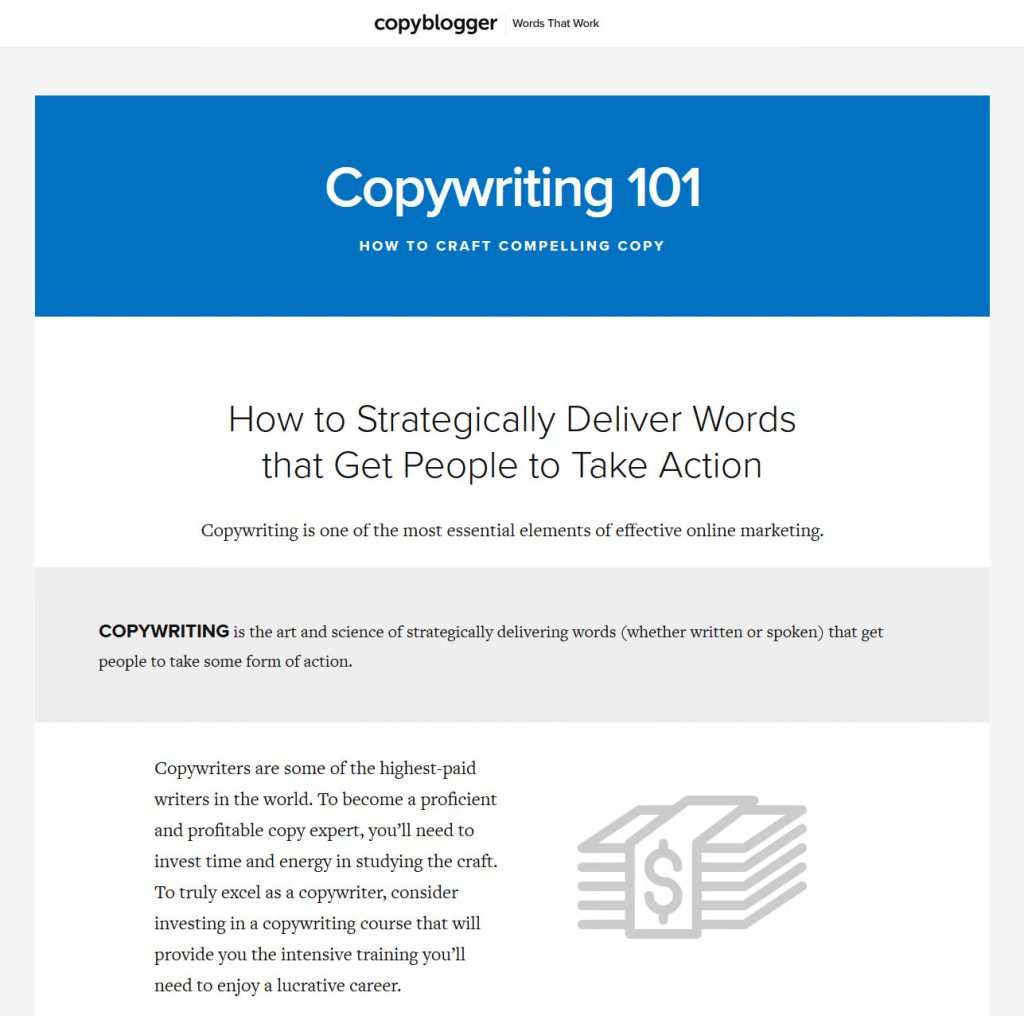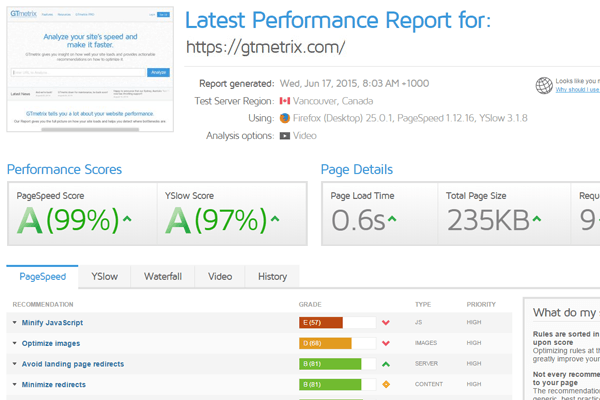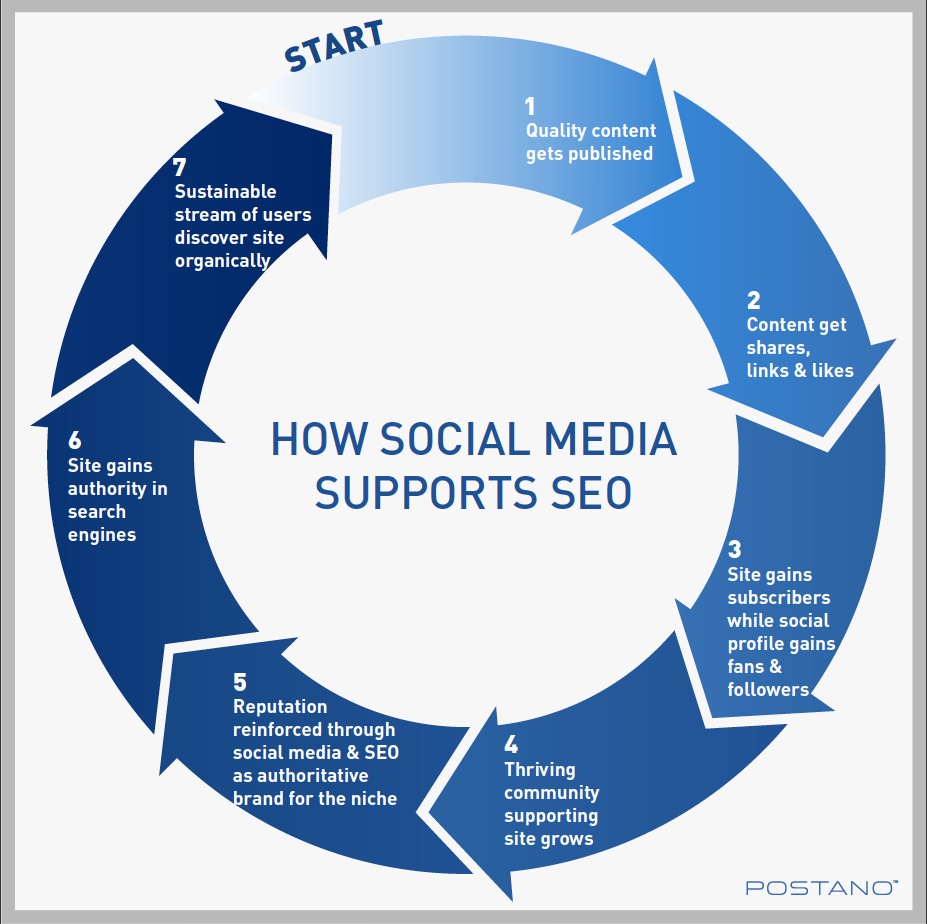SEO is changing.
What was once a simple process consisting of guest blogging, commenting, and backlinking has turned into a behemoth checklist of “do’s” “dont’s” and “Please God No’s”.
For the average marketer or online entrepreneur, the sheer volume of information on SEO and the seemingly amorphous pool of algorithm updates are enough to have them tucking their tail in surrender.
But it doesn’t need to be this way.
While there are plenty of advanced SEO tactics that require coding experience, in-depth knowledge of Google’s algorithms, and a 4 digit IQ, the basis of SEO success in 2018 is relatively simple.
It will not happen overnight, but if you stick to the strategies I am about to share, you will be able to improve your websites rank this year.
Here are the 9 quickest and simplest ways that you can ensure SEO success in 2018 and beyond.
1. Optimize Everything for Mobile
If I have said it once I have said it 10,000 times.
Every marketer, guru, statistic, and shred of data on the internet agree with me.
Just take a look.
But more importantly than the growing number of mobile users is the growing importance that Google is placing on a website’s mobile optimization.
With their UX (user experience) focused updates, I would even venture to say that you cannot achieve a first-page ranking on Google for any relevant keywords without a mobile optimized website.
But don’t worry.
This doesn’t mean that you need to go back to school for web design or drop $1,000 on a coding course.
With platforms like WordPress and a plethora of high-quality website redesign agencies fighting for your business, there are a number of simple and inexpensive ways to get your website mobile optimized today.
Personally, I would recommend that you invest in a high quality, professionally designed website.
But I understand that the $2,000-$10,000 investment might not be in everyone’s budget. If you do not want to fork out the cash for a professional redesign, then I recommend that you use one of WordPress’s responsive themes to instantly improve the usability of your site, and thus your search
So, if you do not want to fork out the cash for a professional redesign, then I recommend that you use one of WordPress’s responsive themes to instantly improve the usability of your site, and thus your search engine ranking.
2. Leverage Voice Search Options to Improve User Experience
Something that many entrepreneurs are overlooking is the power of voice search.
Just think about the growing popularity of Siri and Cortana.
People from all over the world are starting to become more and more reliant on voice searching because of its speed and simplicity (and this trend will only continue as the technology improves)
If you want to get ahead of the curve, implementing voice search options into your website will drastically improve the user experience and quickly propel you to the top of the search engines.
And don’t worry, this process is not anywhere near as hard as you are probably imagining.
While the exact lines of code that you will need to implement for this tactic are beyond the scope of this article, you can check out labnol.org’s great resource on this topic here.
3. Take Advantage of User Data Research
People often forget that search engine ranking is truly about one thing.
Figuring out what your audience wants and delivering it to them.
At the end of the day, when you analyze Google’s algorithms and updates, you will realize that their entire ranking process is based on this one simple premise.
The better you are able to serve your audience, the more favorably Google will look upon your site, and the higher your ranking will be.
And one of the best ways to ensure that you are able to deliver exactly what your customers want and need is to ask them directly.
Sort of…
While you can email your audience with surveys, implement popup polls into your website, or even bribe them to provide you with feedback, these methods provide statistically questionable results at best.
Think about it.
The types of people who respond to email surveys tend to be the outliers in your audience.
They tend to fall into one extreme or the other and are generally either extremely satisfied are extremely dissatisfied with your website, product, or service.
It is very rare that you will see any of your “neutral” or “average” customers/audience members responding to these surveys.
Offering some sort of ethical bribe (a very common practice) to prompt responses will also generate skewed results.
When people are focused on the free stuff that you are promising, their answers are likely to be short and complimentary so that they can quickly claim their prize and move on with their lives.
So with both of these tactics removed the toolbox, what is a marketer to do?
Luckily for you, the internet has grown rife with communities and platforms where members of every imaginable niche congregate to share their woes, express their concerns, and ask their most burning questions.
Websites like Quora, Reddit, and even certain niche-specific Facebook groups have grown in prevalence as they help to bridge the gap between the producers and consumers.
By actively participating in any of these groups, you will not only be able to drive traffic and establish authority for yourself and your brand, but you will also be able to quickly determine what your ideal customers are struggling with most and figure out a way that you can solve it.
#1 ranking here we come!
4. Fully Optimize Landing Pages
Your landing pages are where you initiate the relationship with potential customers, make your value proposition, acquire leads, and make sales.
And when you create highly clickable and relevant landing pages, not only are you going to improve your overall search engine ranking, but you are also going to quickly grow your revenue and customer base.
By turning your most relevant blog posts into landing pages, designed to simultaneously help your audience and generate leads, you will create a highly rankable page that provides a steady stream of revenue for eons to come.
For example, CopyBlogger has created several landing pages on a number of different topics that have generated tons of traffic and revenue.
What’s even better is that they have developed a simple framework for creating landing pages that rank.
- Make sure that your landing page has a singular focus (provide information, offer a lead magnet, make a sale)
- Pick a low competition long tail keyword that you are going to target with the page
- Add a title, meta description, and keywords that focus on your previously selected long tail keyword
- Write at least 2,000 words per landing page (this is the sweet spot for ranking in Google)
- Ensure a high-quality design. You can either hire a professional or use a platform like Clickfunnels to achieve this goal
- Include testimonials to validate your product and improve social proof.
I can promise you, if you implement it correctly, you will see the results.
5. Boost the Speed of Your Website
User experience is largely determined by two things.
1) If a user can find what they are looking for (landing pages and a responsive design will help with this).
2) How quickly they can access it
By using the information I shared in the previous point, you should have no problems creating pertinent content that is easy for your users to find.
But providing this content in a timely manner, in other words improving the speed of your website, is another story entirely.
And unfortunately, something that many website owners forget entirely.
We live in an age where ADD and the “We want it now” mentality run rampant, and if your website takes more than a few seconds to load because you’re not properly tracking uptime, you will lose potential leads and customers to your technical deficiency.
Luckily this is an easy fix.
How?
By using tools like GT Metrix and Google’s Page Speed Insights.
These tools will analyze the speed of your website, give you a score based on their findings, and then make recommendations for how you can “turbo charge” your website with actionable steps.
6. Implement Infographics into Your Content Marketing Campaign
Infographics are quickly becoming one of the most dominant forms of content in the online world.
They provide a happy medium for viewers who do not want to read a lengthy 2,000+ word article (like this one) and viewers who are not solely visual learners.
By implementing infographics into your content marketing campaign you will quickly be able to attract new traffic to your website and grow your authority within your niche.
But there’s a key to creating a successful infographic that most entrepreneurs miss…
Adding lots of pertinent info!
They are called infographics for a reason and many entrepreneurs forget this fact, focusing entirely on the visuals.
It is important that you take full advantage of both the visual and written components of your infographic to achieve maximum effectiveness.
7. Build a Strong Social Media Presence
While your Facebook or Instagram accounts will not influence your search engine ranking directly (e.g. having 100,000 followers on Facebook does not mean that you will have a #1 ranking in Google), building your social media presence is still one of the most important aspects of an effective SEO campaign in 2018.
Why?
Because a strong social presence provides you with a platform to generate traffic, build authority, create brand recognition, and partner with other influencers.
So how do you get started building your social media presence?
First and foremost by actually having a social media account on each major platform.
This means that your business should have a Facebook, Instagram, Twitter, LinkedIn, and even a Snapchat (if you are targeting a younger demographic).
I don’t care which account you focus on, but it is essential that you use each of them on a regular basis.
Once you have your account setup, here are a few keys to maximize your presence and grow your brand.
- Aggregate the Best Content from Around the Web: By helping your audience find what they are looking for even if it means referring them to a competitor, you will build brand loyalty and increase engagement on your social platforms (Miracle on 34th Street anyone?
- Have a Clear Call to Action Across all of Your Pages and Posts: Tell your audience what you want them to do (typically visit a landing page on your website) and then ask them to do it. Make it simple and straightforward for your audience to find your content and get in touch with your company.
- Focus on Posting Consistently: Pick a posting schedule and stick to it. Posting 1-2 high-quality pieces of content a week is far better than sporadically posting 5-10 a day.
If you want to dive deeper in social media mastery, you can check out my other articles on Instagram, Twitter, Facebook, and Snapchat.
8. Commit Competitive “Espionage”
One of the best ways to quickly find great keywords to target and to create a campaign that is truly congruent with your audience’s needs and desires is to commit competitor “espionage.” (and yes, this practice is legal)
In other words, use a series of online tools and software to figure out which keywords your competition is targeting and how effective each of those keywords are performing.
You can use tools like SEMrush, Backlinkwatch, and SpyFu to compile comprehensive research on your competition and quickly develop an informed plan of attack.
9. Implement LSI (Latent Semantic Indexing)
While it might sound like a psychedelic of questionable legality, LSI actually stands for Latent Semantic Indexing and it’s a pretty darn important topic.
LSI is the process that Google uses to determine the context and intent behind your keywords.
To do this, it analyzes the words surrounding keyphrases to better determine what you are really talking about.
So for example, if you have the keyword Apple in the body of a page, Google will try and determine whether you are referring to the delicious fruit or the billion-dollar electronic company.
Luckily for you, LSI also pays attention to synonyms, meaning that instead of trying to jam keywords into every possible sentence (a bad idea for SEO and a terrible idea for proficient writing) you can use LSI with words that are synonymous to your targeted keyword.
But beware, this tactic can be just as dangerous to your ranking as keyword stuffing.
Focus first and foremost on the flow and quality of your writing, and focus on the keywords and LSI second.
Conclusion
Best practices for SEO seem to be evolving on a daily basis.
And it doesn’t help that the majority of SEO “experts” and “gurus” are actually providing us with misleading and downright b.s. information on a daily basis.
At the end of the day, SEO is simple.
Figure out what your users want and give it to them.
By following the 9 steps detailed above, you will be ready to do just that.
So go out and use this guide to kill it in 2018 and get your website to #1.
Do you have any questions about these SEO tactics that I didn’t answer? Have you find a few sneaky tactics that have helped you improve your ranking? Let me know in the comments below.

















